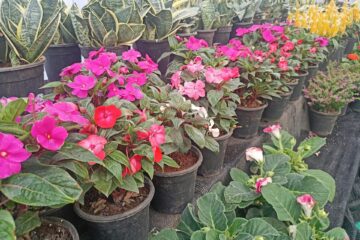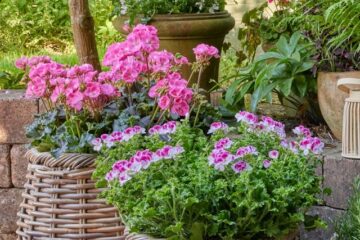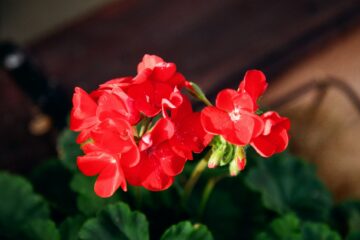Container gardening offers a versatile and space-efficient way to bring greenery and natural beauty into any setting, regardless of available outdoor space. When it comes to selecting plants for container gardening, shrubs can be an excellent choice due to their resilience and adaptability. In this article, we will explore a selection of shrubs that are well-suited for growing in containers, and we will delve into the best practices for caring for them in limited spaces.
Choosing Shrubs for Container Gardening
When selecting shrubs for container gardening, it is important to consider their size, growth habit, and adaptability to the confined environment of a pot. Ideally, you should opt for compact or dwarf varieties that can thrive in smaller containers without outgrowing their space. Additionally, look for shrubs that have attractive foliage, vibrant blooms, or seasonal interest to enhance the visual appeal of your container garden throughout the year.
1. Dwarf Evergreen Shrubs
Dwarf evergreen shrubs, such as boxwood (Buxus) and dwarf Japanese holly (Ilex crenata), are popular choices for container gardening. These shrubs retain their foliage year-round, providing a touch of greenery and structure to your outdoor or indoor space. Their compact size makes them ideal for small to medium-sized containers, and they can be shaped and pruned to maintain their desired form.
2. Hydrangeas
Hydrangeas are another versatile option for container gardening, offering an array of colourful, showy blooms throughout the growing season. Compact varieties, such as the Cityline series or the Endless Summer series, are well-suited for growing in pots. It’s important to note that hydrangeas thrive in well-draining soil, so use a quality potting mix that allows excess water to escape, preventing root rot.
3. Dwarf Rhododendrons and Azaleas
Dwarf rhododendrons and azaleas bring a burst of vibrant colour to container gardens. These compact shrubs offer an array of flower colors and are particularly well-suited for shaded or partially shaded outdoor spaces. When planting rhododendrons and azaleas in containers, it’s important to ensure that the soil is acidic and well-drained, mimicking their natural woodland habitats.
4. Dwarf Barberry
Dwarf barberry shrubs, with their appealing foliage colours ranging from deep burgundy to bright golden hues, add visual interest to container gardens. Their low maintenance requirements and tolerance to various growing conditions make them an ideal choice for novice gardeners and those with limited space. These shrubs also have the added benefit of offering year-round interest, as their colourful leaves persist through the seasons.
Caring for Shrubs in Containers
1. Choosing the Right Containers
Selecting the right containers is crucial for the success of shrubs in container gardening. Opt for containers that provide adequate space for the roots to grow, ensuring they have sufficient room to spread and access moisture. Additionally, ensure that the pots have drainage holes to prevent waterlogging, which can lead to root rot and other issues.
2. Quality Potting Mix and Fertilisation
Use a high-quality potting mix that offers proper aeration, drainage, and essential nutrients for the shrubs. Regular fertilization is also important, as the confined space of container gardens may deplete nutrients more rapidly than in-ground planting. Consider utilising slow-release fertilisers or organic fertilisers to provide a steady source of nutrients for your shrubs.
3. Watering and Drainage
Consistent watering is essential for shrubs in containers, as they are more susceptible to fluctuations in soil moisture. However, it’s important to strike a balance, avoiding waterlogging or allowing the soil to dry out completely. Ensure proper drainage by using a well-draining potting mix and pots with drainage holes. During hot and dry periods, monitor the soil moisture regularly and adjust your watering schedule accordingly.
4. Pruning and Maintenance
Regular pruning is vital for managing the size and shape of shrubs in containers. By pruning and shaping the shrubs, you can promote balanced growth and prevent overcrowding within the limited space of the pots. Additionally, monitor the health of your shrubs, checking for any signs of pests, diseases, or nutrient deficiencies, and take appropriate action as needed.
Conclusion
Shrubs can serve as versatile and enduring elements in container gardens, offering year-round interest and ornamental value. By carefully selecting suitable shrubs and implementing sound care practices, you can create a thriving container garden that adds color, texture, and life to any outdoor or indoor space. Whether you are a novice gardener or an experienced plant enthusiast, container gardening with shrubs provides an exciting opportunity to create captivating and sustainable green spaces within a limited footprint.
Keep on top of your gardening with our free online journal
Our free online tool allows you to organise your ideas and garden plans and help you be as efficient as possible in the garden.
Sign up now

